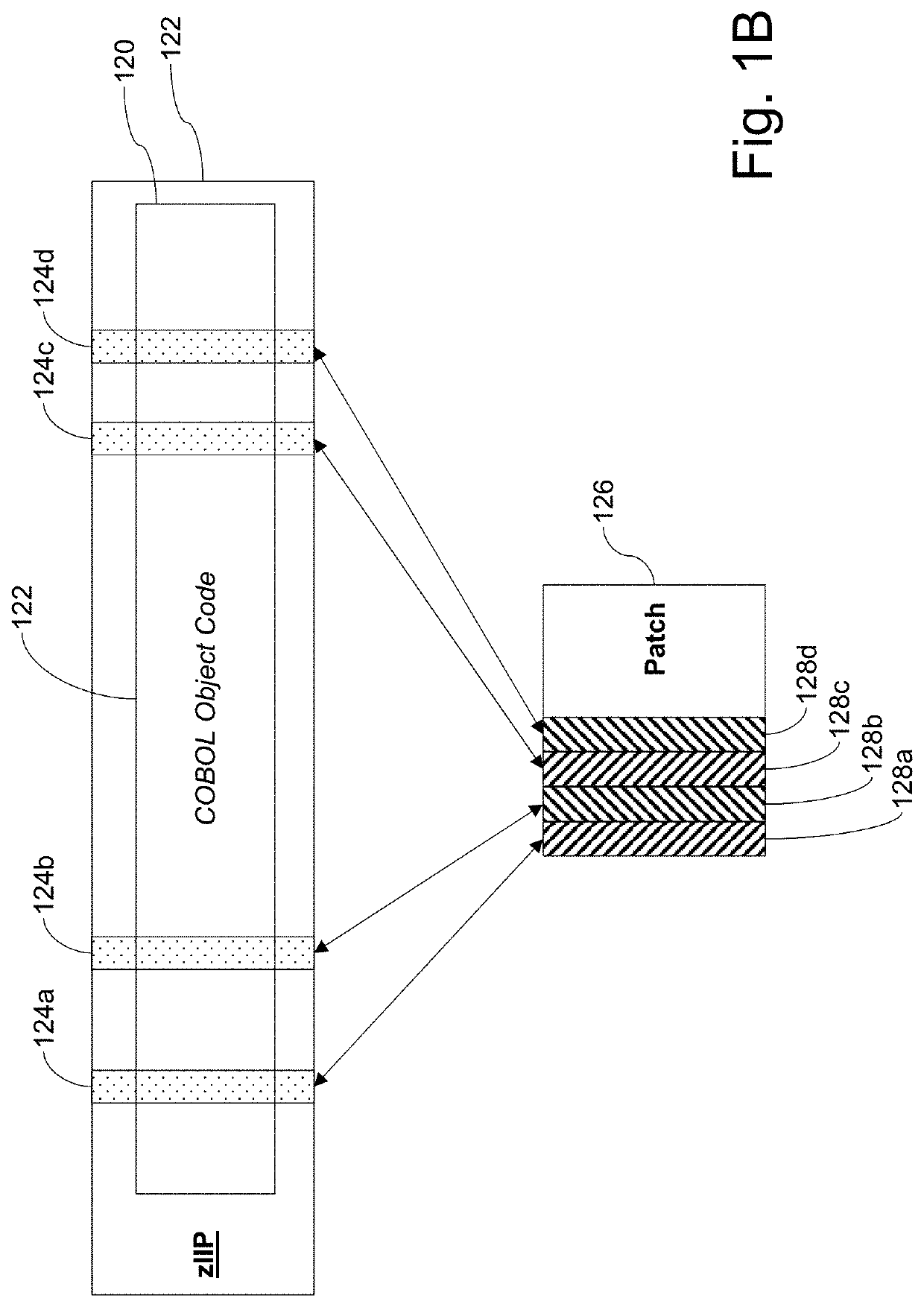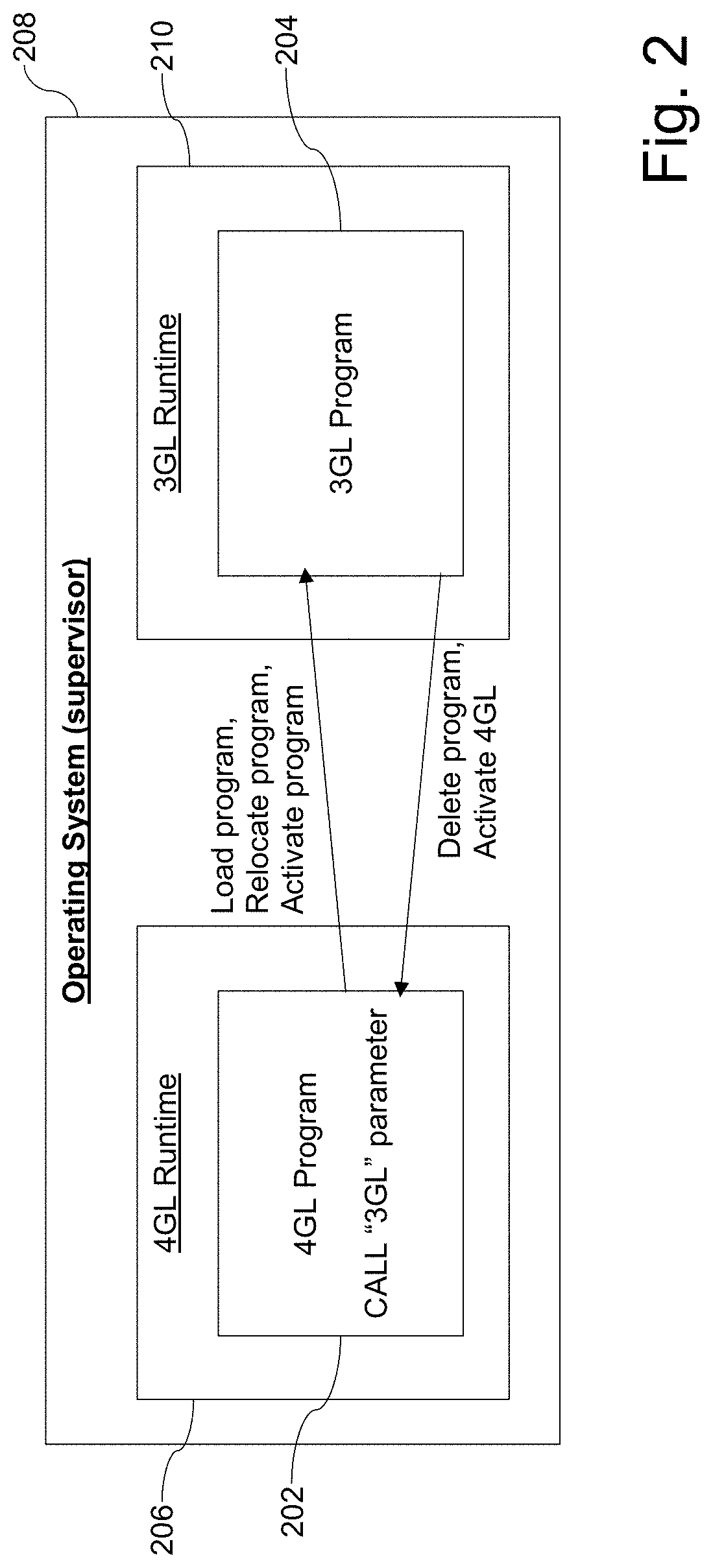Systems and/or methods for error-free implementation of non-java program code on special purpose processors
a non-java program code and special-purpose processor technology, applied in the field of system and/or methods for error-free implementation of non-java program code on special-purpose processors, can solve the problems of not instructing the database how to obtain this data, affecting the performance of the system, so as to achieve the effect of a system abend occurring as a result of execution
- Summary
- Abstract
- Description
- Claims
- Application Information
AI Technical Summary
Benefits of technology
Problems solved by technology
Method used
Image
Examples
example implementation
[0058]Details concerning an example implementation are provided below. It will be appreciated that this example implementation is provided to help demonstrate concepts of certain example embodiments, and aspects thereof are non-limiting in nature unless specifically claimed. In this regard, details concerning an example implementation are provided in connection with Natural and zIIP processors, the former being a 4GL and the latter being suitable for executing certain privileged 3GL Java code. In this example, Natural provides a framework with tools, both for design / compile time and runtime, that make it a convenient “backbone” or technical infrastructure for certain example embodiments. For instance, at some initial time (e.g., which might just be the first time a user executes a program including unprivileged calls such as a COBOL program PgmA), the techniques of certain example embodiments involve loading the binary executable of PgmA and analyzing and changing the binary code us...
PUM
 Login to View More
Login to View More Abstract
Description
Claims
Application Information
 Login to View More
Login to View More - R&D
- Intellectual Property
- Life Sciences
- Materials
- Tech Scout
- Unparalleled Data Quality
- Higher Quality Content
- 60% Fewer Hallucinations
Browse by: Latest US Patents, China's latest patents, Technical Efficacy Thesaurus, Application Domain, Technology Topic, Popular Technical Reports.
© 2025 PatSnap. All rights reserved.Legal|Privacy policy|Modern Slavery Act Transparency Statement|Sitemap|About US| Contact US: help@patsnap.com



